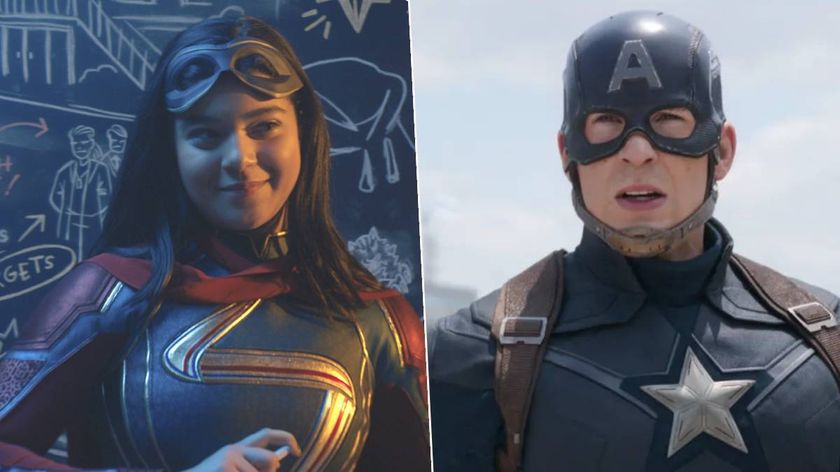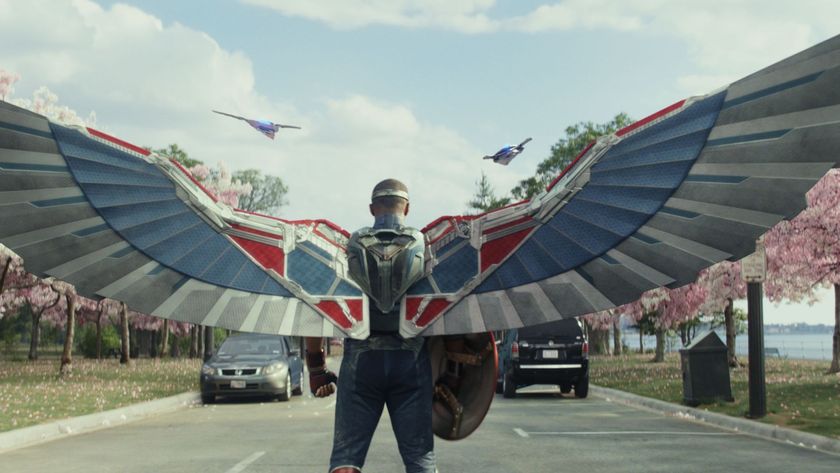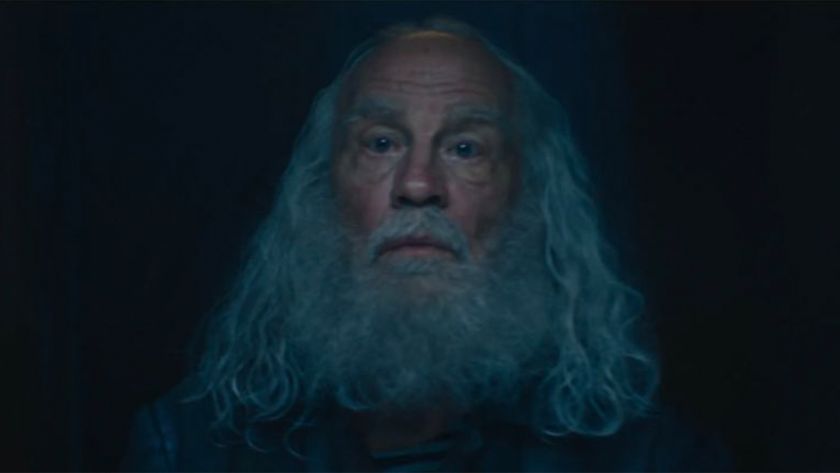Inside the misunderstood world of Disney Parks fandom
With The Imagineering Story taking us behind the scenes at Disneyland, we meet the adult Disney fans who cannot get enough of the Happiest Place on Earth
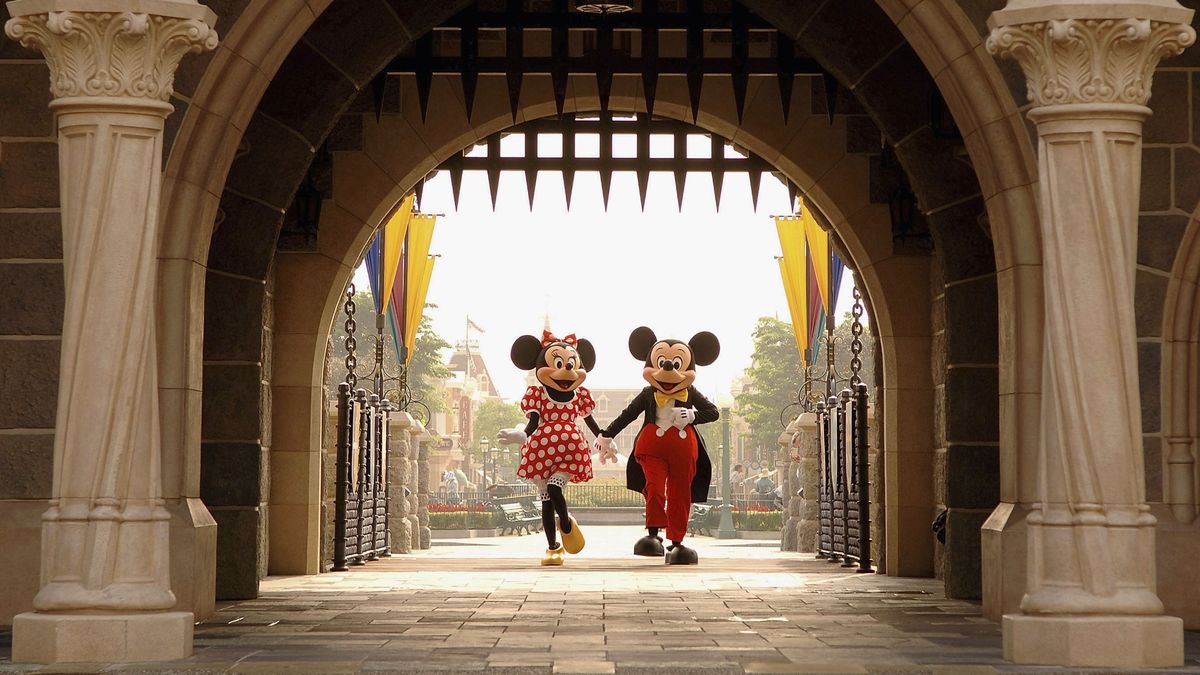
There is no fandom more maligned than that of the Disney Parks-loving adult. In thinkpieces, reports and Facebook meltdowns on the perceived absurdity of people over ten who get something out of visiting the Happiest Place on Earth, furious parents and writers everywhere have tried to convince their audience that anyone over a certain age may not ride. While Disney-loving adults squeeze a little bit of happiness out of life, miserable people tear themselves apart wondering why. The conclusion, usually, is that the childless millennial at Disneyland is emotionally stunted. A recent documentary on streaming service Disney Plus, The Imagineering Story, goes some way to explaining that there is far more to it.
First, it’s worth remembering that Walt Disney himself conceived of the original park in Anaheim with both adults and children in mind and was the result of spending bored Saturdays watching his daughters on a carousel. We assume Disneyland is for kids because it’s wholesome, but adults were never dissuaded from attending alone. In fact, there is an entire subculture of adults who aren’t just casual consumers of Mickey Mouse-shaped pretzels, but hardcore fans invested in the lore of their favourite parks. Many fans who live locally are “passholders”, going as regularly as you might go to the pub. There are websites dedicated to discussing beloved rides, YouTube channels where users post “ride throughs”, and Instagram accounts about the art of Disney Bounding, wherein fans subtly dress as their favourite characters.
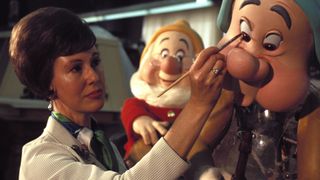
Over six episodes, The Imagineering Story exposes the mysterious world of The Imagineers, the team who design and construct the parks. From the conception of the very first park in Anaheim up until the recent unveiling of Shanghai Disneyland and Star Wars: Galaxy's Edge, it explores the last 65 years of Parks innovation. Disney is a notoriously secretive company, but The Imagineering Story lifts the rock on the immense imagination and meticulous craft that helped Walt Disney to set the bar. All Disney Parks, whether in the US, Europe or Asia, are a unique landscape of sounds, smells, sights and emotions. Every path, every ride, every trash can or door is carefully designed to guide visitors through the experience and maintain the illusion. Nothing in Disneyland is an accident.
In revealing the groundbreaking technologies, thought processes and talent that goes into every minute facet of a Disney Parks ride, The Imagineering Story, for the first time, does Parks' fans justice by justifying their commitment. They aren’t in the pursuit of eternal childhood, but invested in the secrets of the parks: the intricacies of every ride, the secret doors and tunnels, the "hidden Mickeys". The work of the Imagineers is meant to be seamless, going unseen by visitors, but true fans look for the seam between reality and fantasy. They get a thrill when the illusion is disrupted, feeling proud of their ability to see the work put in to maintain it. They do not just suck on a lollipop and forget about their mortgage, they seek to understand what the Imagineers intended.
I spoke to Sophie Jo, 30, a longtime Disney Parks fan who writes poems about Disneyland and in-depth pieces for the Walt Disney Family Museum, all while being a regular adult. “I went to Disneyland Paris for the first time in the mid-90s. I remember being completely wowed by it – obviously a lot of kids like Disney to some extent, but I genuinely remember walking around and just thinking, this is the best thing ever,’” she says. Sophie has visited Disneyland Paris around 12 times, often for day trips, and has taken the pilgrimage to see the original park in Anaheim, too. While she can’t visit as often as she’d like, she engages with her fandom mostly on Instagram. “It's really fun to see how people take their own love of Disney and turn it into creativity,” she says.
i miss the happiest place on earth marianne eloise 💐
A photo posted by @marianneeloise on May 28, 2019 at 8:49am PDT
I empathise with the Disney Parks nerds because I am one. I sat, rapt, with tears rolling down my face throughout The Imagineering Story. I am not a regressing fantasist trying to crawl back into the womb, but I do get a pure joy out of both going to Disneyland and reading about it. I have spent hours online learning about the particulars of the parks, from how rides were designed to how they were built to notable ways they’ve broken down. Like Ryan Gosling, The Haunted Mansion is my favourite, and small tokens throughout my home, like an ornament commemorating its 50th anniversary, hint to my sinister obsession. I even regularly frequent Doom Buggies, a “fan-created archive of Mansion minutiae”, where I can learn all of the ride’s history and darkest secrets.
I’m not alone – in fact, my fandom is pretty tame in comparison to others. Sophie Jo says that what draws her to Disney Parks is also the attention to detail. “It frustrates me when people lump Disneyland in with standard rollercoaster fare,” she says. She cites Big Thunder Mountain in Disneyland Paris’ Frontierland as an example of the level of detail on offer if you’re willing to investigate. “To the average visitor it's just a fun, fast coaster themed around the Wild West, but if you delve a bit deeper into Disney fansites, books and documentaries, there's this whole backstory there, which links the whole land together, including Phantom Manor,” she goes on, “Nothing in Disney parks is accidental, which I really love.”
Sign up for the Total Film Newsletter
Bringing all the latest movie news, features, and reviews to your inbox
Throughout lockdown, all the Disney Parks in the world were closed, leaving passholders who visit regularly with a gap in their routine. Many have gotten creative, recreating Disney rides in their own home, with even Drake Bell sharing a pretty realistic Haunted Mansion on TikTok. The Walt Disney Family Museum has been indulging fans, too, by sharing objects from their archives and putting on a virtual exhibition. The parks themselves have been posting fireworks, behind the scenes photos, and the “Dapper Dans” singing classic Disney songs.
Tamerra, 26, has lived in Florida her entire life, but only started going to Walt Disney World regularly as an adult. She and her husband are passholders and go once a month for 2-3 days at a time. “Disney does such a great job of creating an environment where everything is really taken care of for you, and for me that’s the perfect getaway from the hustle and bustle of everyday life,” she tells me. Tamerra engages with the fandom regularly online, remaining active in the community. She’s into “pin trading”, too, which is exactly what it sounds like – fans buy Disney-themed pins at the parks and trade them with one another.
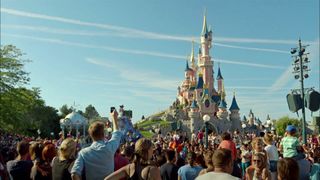
Over six episodes, The Imagineering Story goes into agonising detail about the rides that inspire the highest level of commitment from fans: Haunted Mansion, Space Mountain, Pirates of the Caribbean. It reveals the craftsmanship that goes into every decision made in each of the parks across the world; Disney Imagineers create new technologies and new methods just to achieve their very particular vision. There are no expenses spared and no corners cut. The idea is to create something so real you don’t question it; so you don’t remember you’re being fooled. The miniseries gives cynics and fans alike a newfound respect for just how much goes into creating the Happiest Place on Earth.
Shane is a rarer male fan who runs an Instagram where he posts stunning, otherworldly photos of the parks. He tells me that his fandom “clicked” when he visited Disney World as an adult, and on his regular visits, finds that it feels familiar and safe. He adds: “I think the parks, in general, are an incredibly impressive achievement in engineering and creativity. Everything is meticulously designed to immerse you.” He’s well aware of how controversial his hobby is: “I definitely think there’s a stigma to being a male Disney parks fan, but I don’t let it bother me. In general, putting activities into different gender buckets isn’t very productive. People should be able to enjoy what they want to enjoy regardless of gender without feeling weird about it.” He adds, too, that with Disney owning new intellectual property like Marvel and Star Wars that cater to older audiences, the stigma is dying out.
I am not ashamed to love Disneyland – in fact, I’m just happy that I can find joy in anything. The fans I spoke to felt the same, and Sophie adds that the comfort she gets from the Parks stops her from caring what other people think: “When Walt died, CBS journalist Eric Sevareid said, ‘He probably did more to heal or at least to soothe troubled human spirits than all the psychiatrists in the world’. I genuinely think there's some truth in that. Everyone goes through bad times and has shit to deal with, and if you recognise that Disneyland helps you, I don't think that's a bad thing,” she adds.
Above the entrance to Disneyland, there’s a sign that reads, “Here you leave today and enter the world of yesterday, tomorrow and fantasy”. It’s a promise: that if you relent and let go of your cynicism, you can forget your problems and just have a nice time. It’s a promise that Disneyland goes to the ends of the earth to hold. As Disney Parks around the world start to reopen, a lot of people don’t want to be crammed into long queues with strangers anytime soon. It’ll be a while before I feel comfortable in a public space again. But with or without the parks, I am grateful for the thriving community of childless millennials who get not only Walt Disney’s vision, but the intent and craft of the Imagineers. Whether it’s through reading, documentaries, Instagram accounts or forums, there’s always something new to gain from loving Disney Parks – and that is what makes it special.
Marianne Eloise works as a freelance journalist covering film, TV, wellness, digital culture, money, and music, and a variety of other topics. You'll find her bylines in a variety of print and online publications, such as 12DOVE, The Cut, The New York Times, Vulture, i-D, and Dazed.
Most Popular





